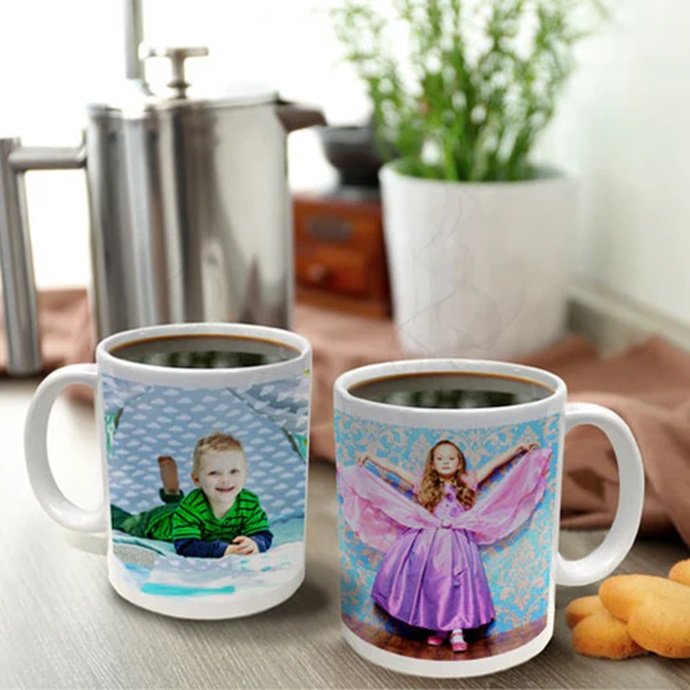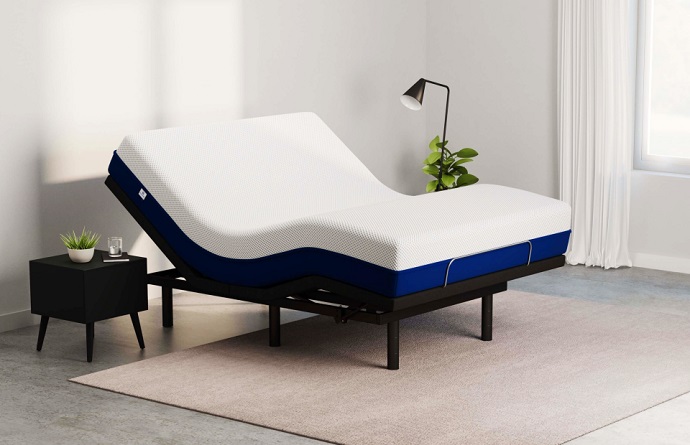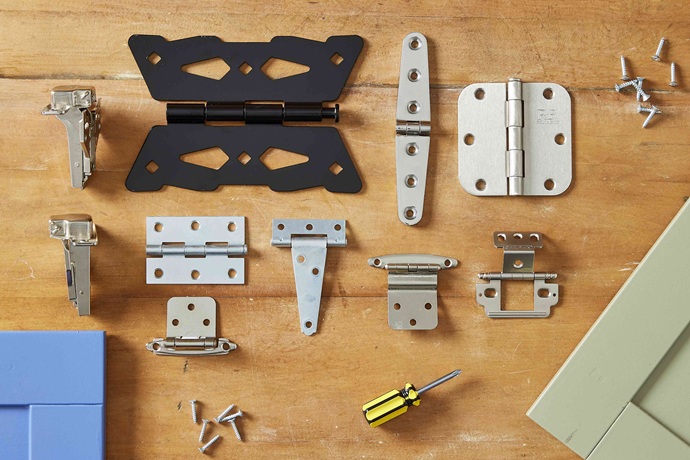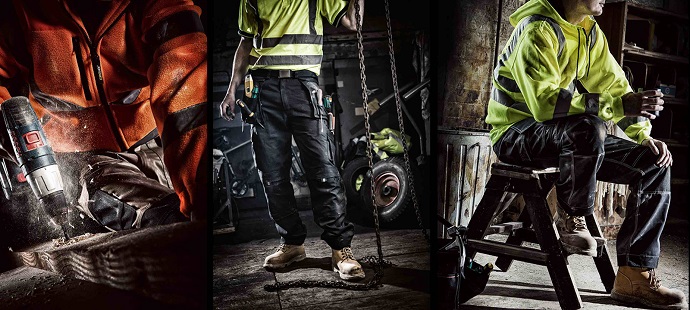
Due to recent change in legislation, safety workwear has become ubiquitous. From construction workers wearing hard hats, safety shoes and gloves, to school crossing supervisors wearing high-visibility jackets, safety workwear has quickly become a part of our everyday life, especially in professions where working environments are filled with potential hazards. As a result, there has been a surge in the supply and demand for workwear in a wide range of industries. But how do you figure out which pieces you need? Even if you take aside the legal requirements, wearing the appropriate workwear can be extremely beneficial not only for the safety but for the productivity of workers as well.
For instance, the right workwear shorts or pants besides providing the necessary protection for the wearer, they also provide comfort, warmth and support. So it’s in the best interest of both employers and employees to supply and use safety wear at work. It’s better to spend a few bucks on getting all the essential items than having to pay for an injured or sick employee. PPE and safety workwear are designed for the specific purpose of doing just that – protecting the wearer in potentially harmful situations.

All employees have a right to work in workplaces where risks to their safety and health are properly controlled. Safety and health are about preventing people from getting hurt at work, and while the employer is responsible for that, so are the employees. The employer should decide what could harm the employees and take precautions to prevent that from happening. They should also explain how risks can be controlled, and consult and work with you and your safety and health representatives in protecting everyone in the workplace from harm. The employees should follow the training received when using any of the equipment and items provided by the employer, and take reasonable care of their own health and safety. If the employees think there are inadequate precautions and work putting anyone’s safety and health at serious risk, they should consult the supervisor, health or safety representative responsible for the workplace safety.
But even the general public can benefit from wearing safety workwear. Apparel and clothing such as safety shoes, gloves, glasses and workwear shorts can be useful for preventing injury and improving efficiency when working around the house or in the garden. High-visibility clothing can keep you safe while biking around busy intersections, walking your dog or jogging at night. So, where is safety workwear crucial? Almost anywhere, it seems. You’re probably passing by many people wearing safety workwear every day, you just don’t really notice it. So what’s the difference between safety workwear and PPE?
PPE is defined as all equipment, including clothing that offers weather protection, that’s meant to be worn or held by workers in the workplace, preventing them from risks to their health and safety. Safety helmets, eye protection, harnesses and footwear all fall under this category. Hearing and respiratory protective equipment aren’t covered by these regulations, as there are other regulations that apply to them. Regardless, these items need to be compatible with other PPE items. If you’re an employer, you can’t charge for the PPE you provide to your workers, no matter whether it’s returnable or not. This also includes agency workers if they’re regarded as your employees.
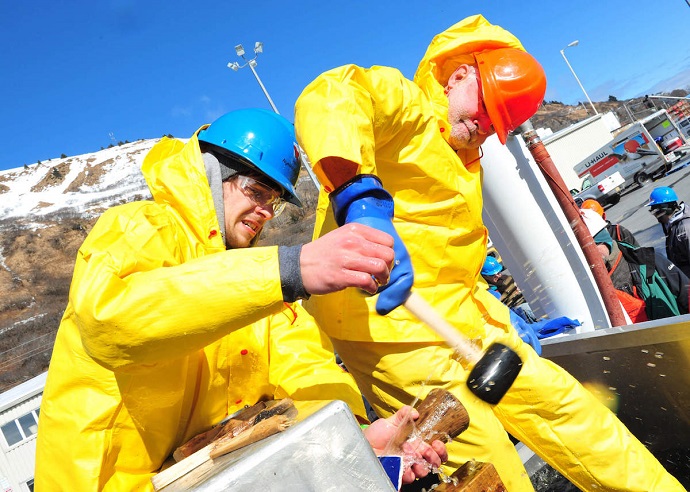
In order to choose the right PPE, you need to carefully consider all the hazards present in the workplace. This will allow you to pick the right types of PPE that offers suitable protection for the job that needs to be done and the hazards present. You can ask your supplier for advice on all the different types of PPE available and see which ones are suitable for the tasks you’re performing on a regular basis. For instance, eye protection designed to protect you from agricultural pesticides won’t provide adequate protection for workers using a grinder to cut stone or steel.
After buying PPE and workwear, you need to make sure you look after it and store it properly when not in use. For instance, you can store it in a clean, dry cupboard, and if you have smaller items like eye protection, store them in an appropriate case or box. Keep the PPE clean and follow the manufacturer’s maintenance schedule. Simple maintenance can be carried out by the users themselves, while more complicated repairs should be done by specialists. You also have to make sure replacement PPE is always available if necessary. Furthermore, ensure all PPE you purchase is CE marked and complies with relevant Personal Protective Equipment Regulations. The CE marking specifies that the PPE meets the basic safety requirements and has been tested and certified by a third party.
